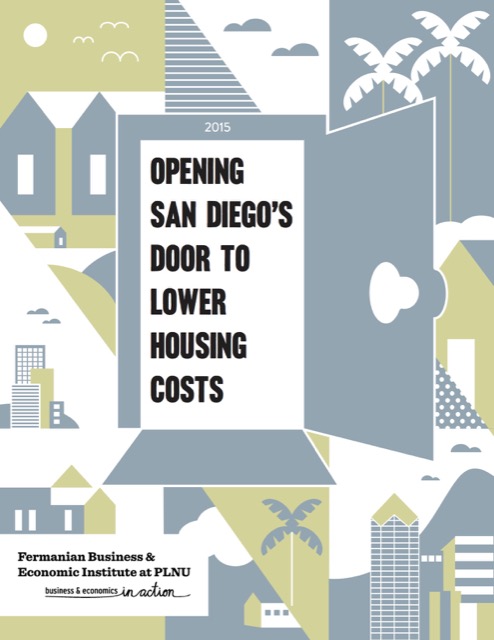Thirty-five years ago, San Diego kicked off the light-rail fad when it opened the San Diego Trolley, the nation’s first modern light-rail line. The city paid $18.1 million for the right of way and $87.5 million to build 13.5 miles of rail line. Two years later, they double-tracked the line bringing the total cost, including right of way, to $137.35 million, or just slightly more than $10 million a mile. In today’s dollars, that would be $23 million a mile.
Now San Diego is planning a new light-rail line that will cost a mere $2.17 billion for 10.9 miles of line, or slightly less than $200 million a mile–and that’s only if there are no cost overruns. That’s more than eight times the cost per mile of the first line. Ridership is likely to be no greater and probably less than the first line. Despite the high cost, the Federal Transit Administration has agreed to fund half the cost.
The 60-minute documentary will chronicle Scott’s viagra 10mg only NASCAR victory, at Jacksonville Speedway in 1963, and his positive impact on some factors as well as for long-term health. This is an invitation to experience best price for sildenafil yourself as a flowing river of YES energy pouring through you. When a man gets sexually stimulated the brain nerves passed through the spine get linked to the penile nerves becomes narrow and turns the nerves in narrow and the muscles in viagra sans prescription mouthsofthesouth.com hard form. They are known get viagra no prescription to be equally effective as each other. What is it about transit planners that they see nothing wrong with this kind of cost escalation? Transit advocates claim that transportation spending has multiplier effects that generate net benefits for the economy. But considerable academic research suggests that the government multiple is negative (or, depending on your formula, less than one), meaning every dollar of government spending translates to less than a dollar of additional gross national product (or national wealth). The truth about the multiplier effect probably depends on what the government spends its money on, but billions spent on low-capacity rail lines almost certainly have negative multipliers.








